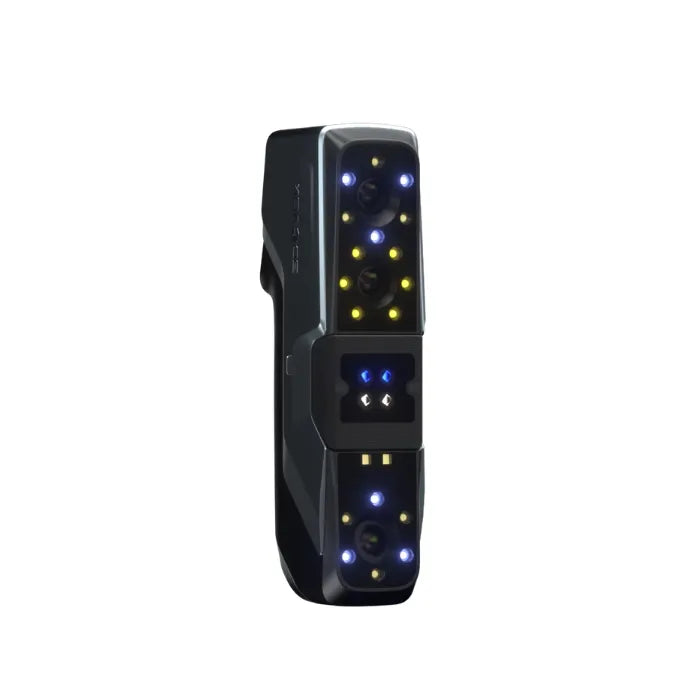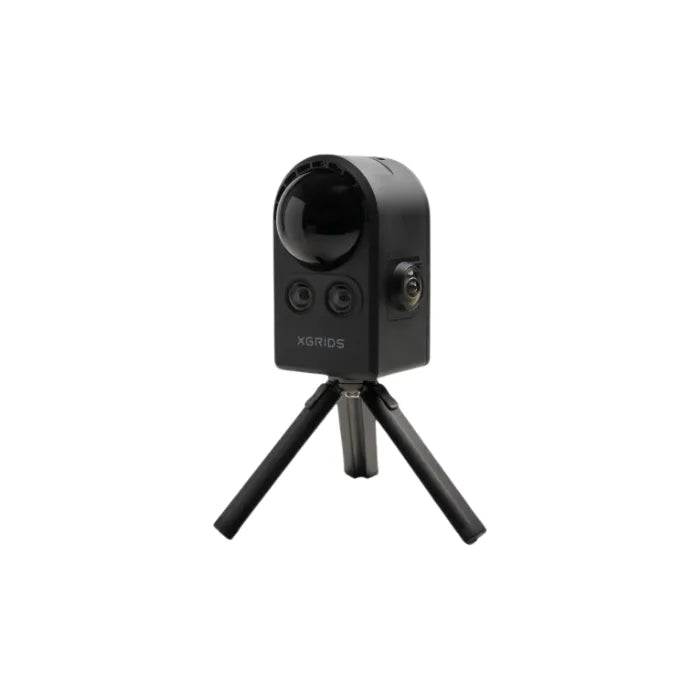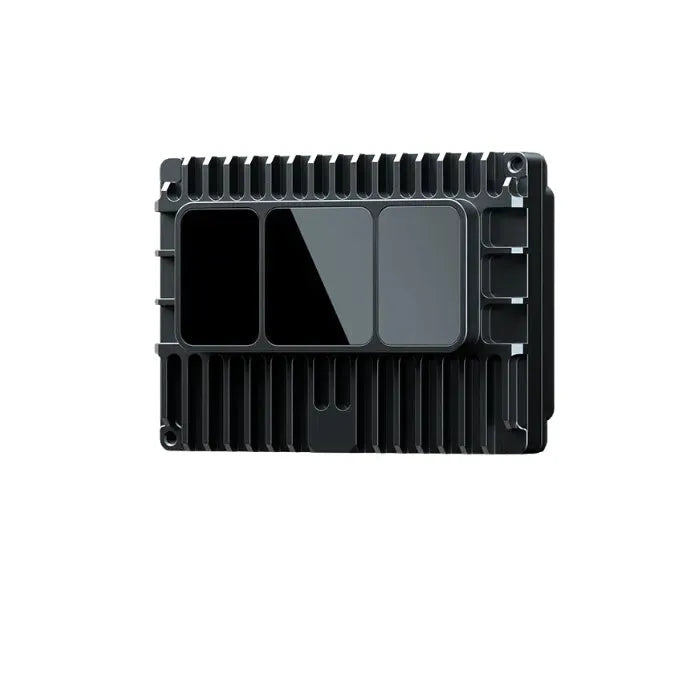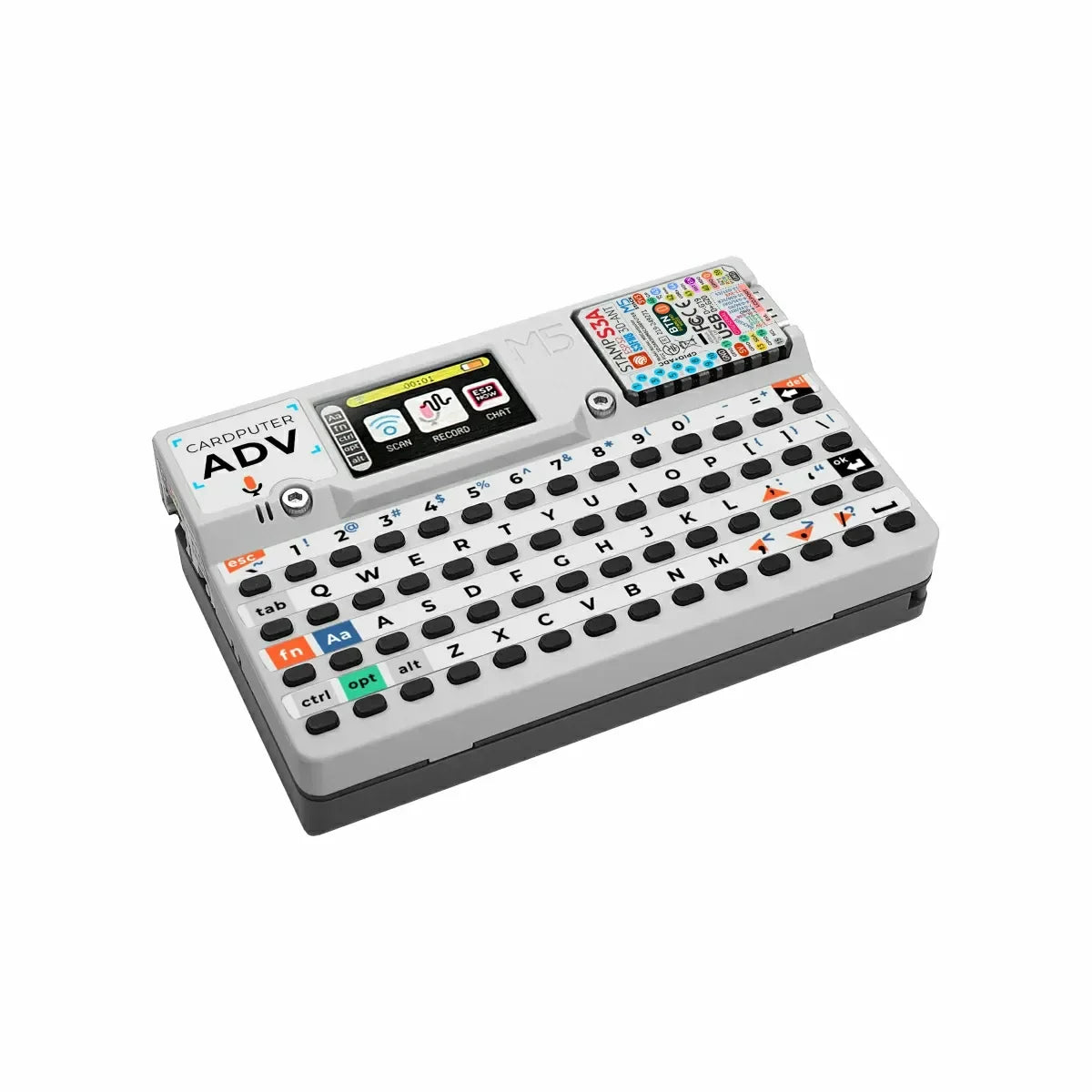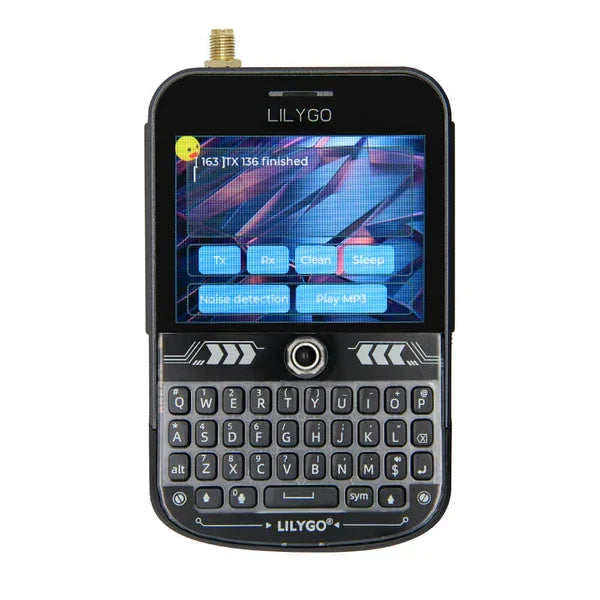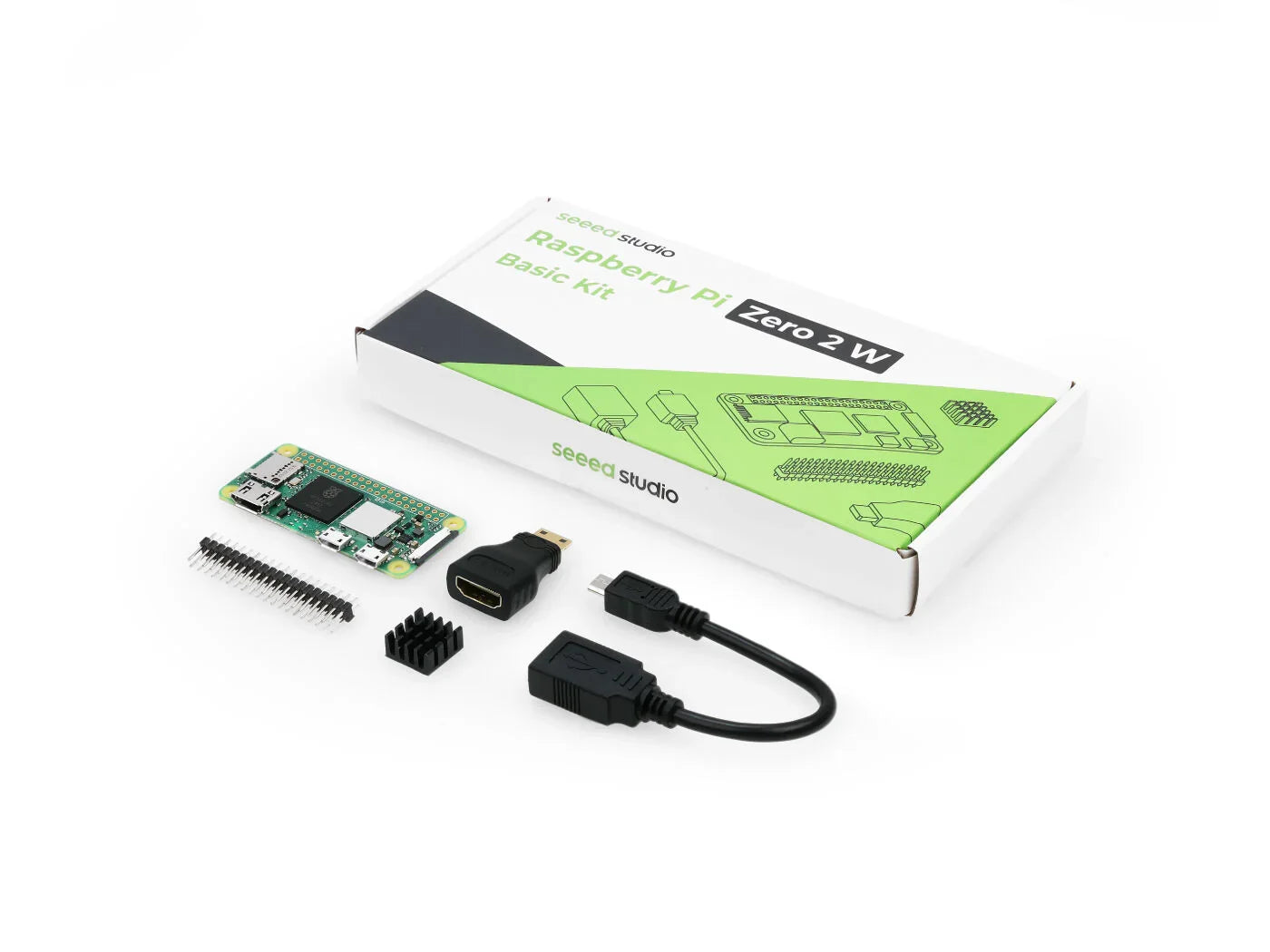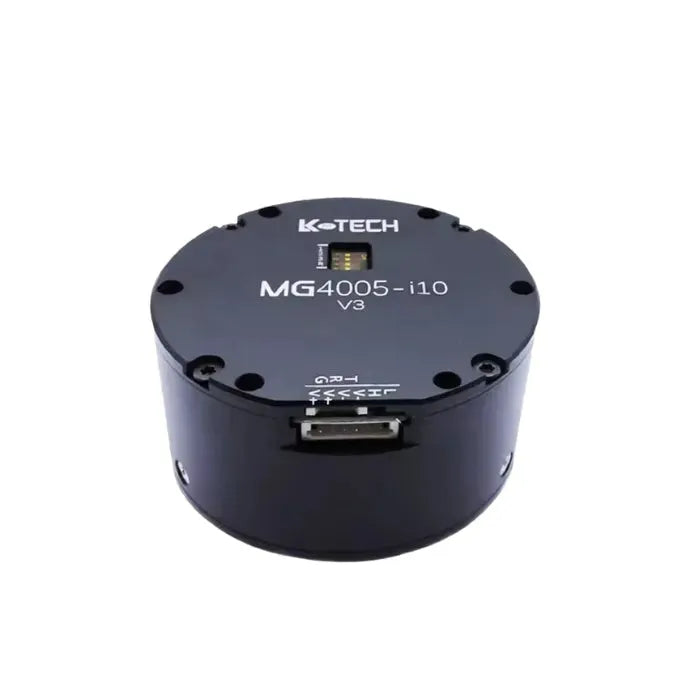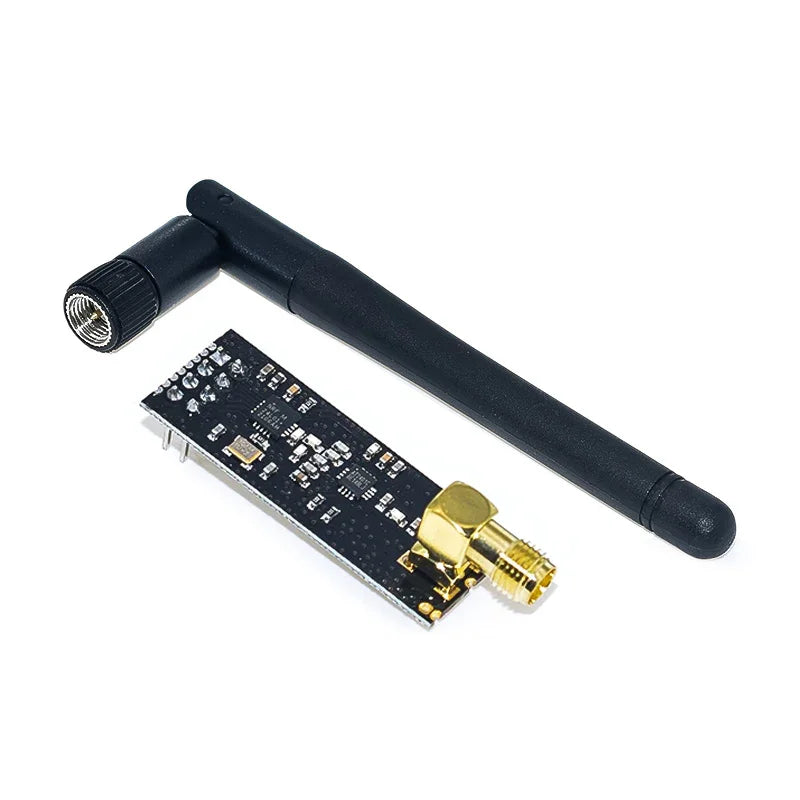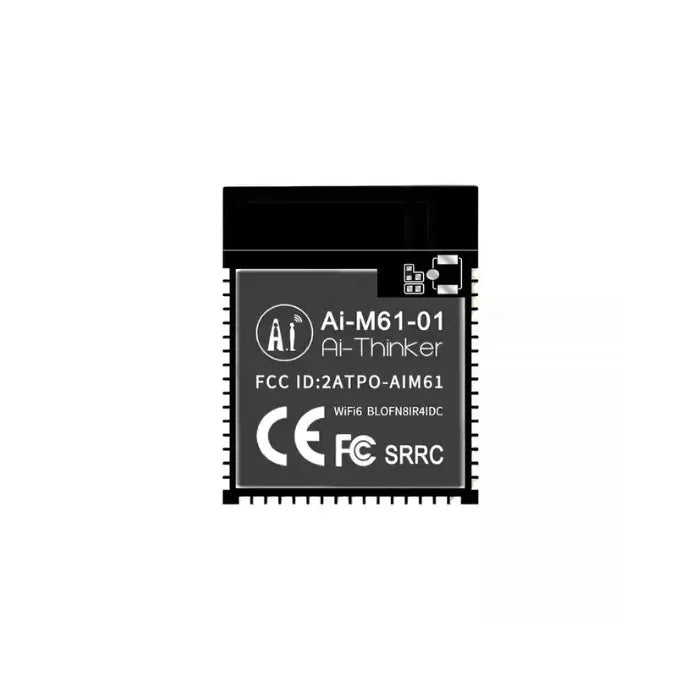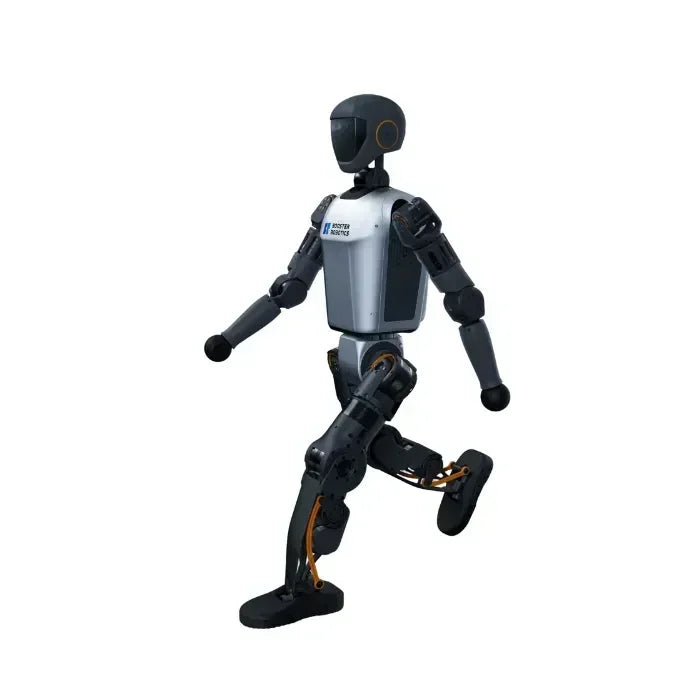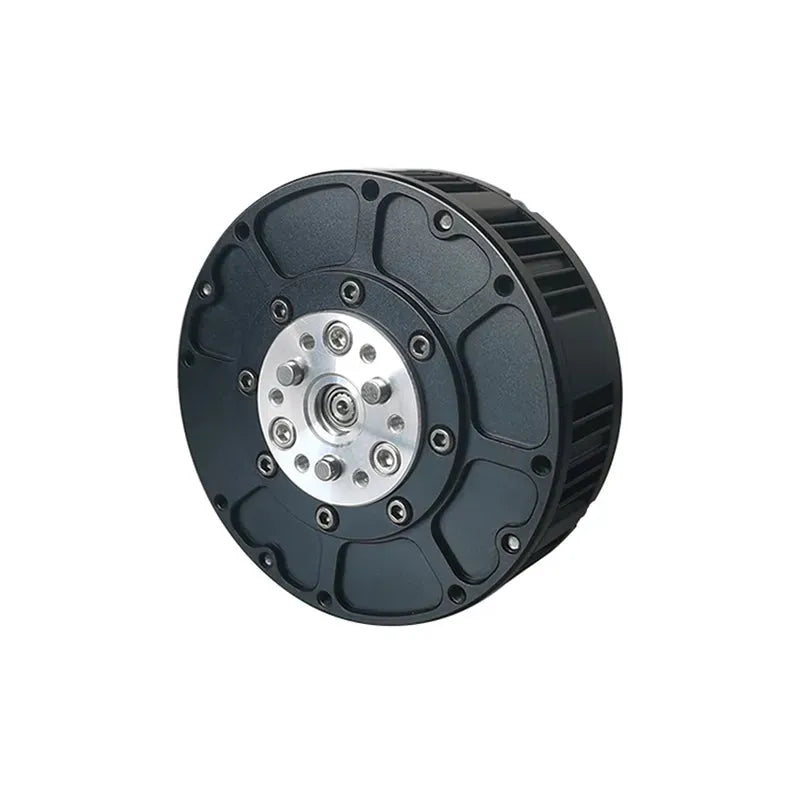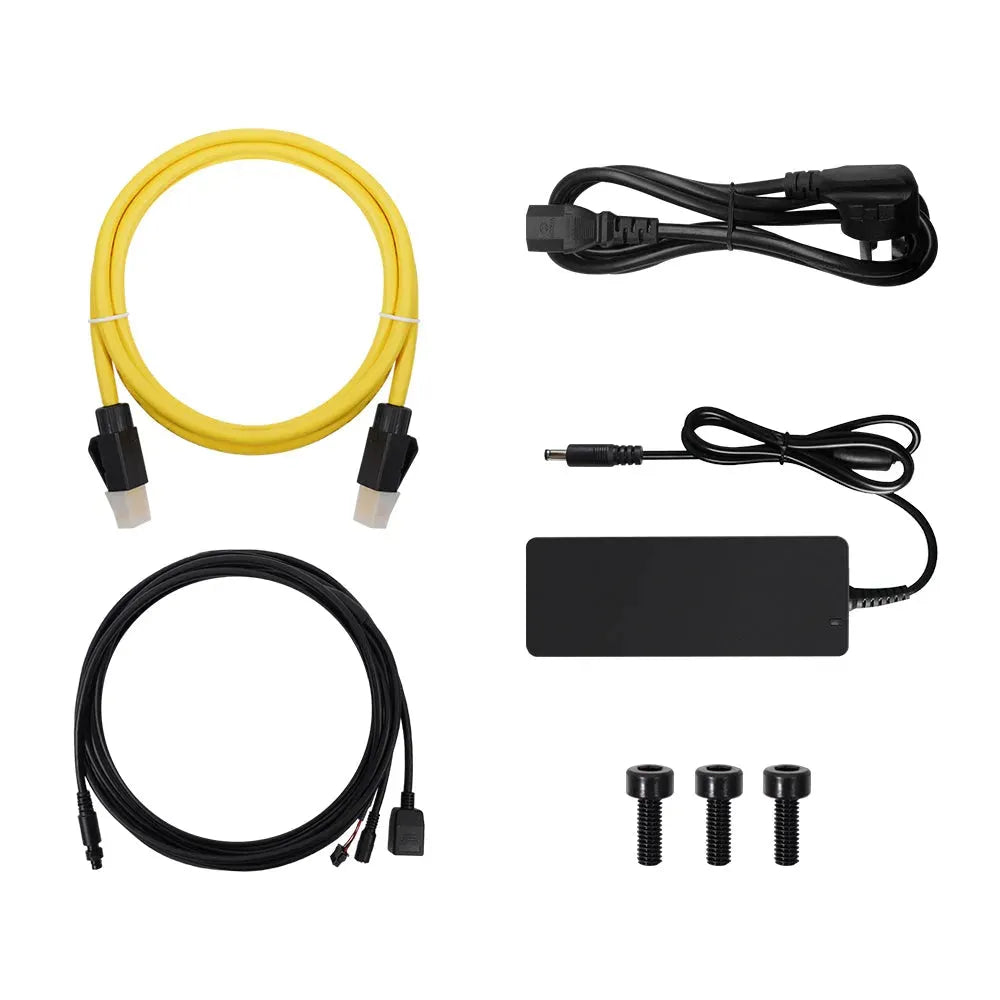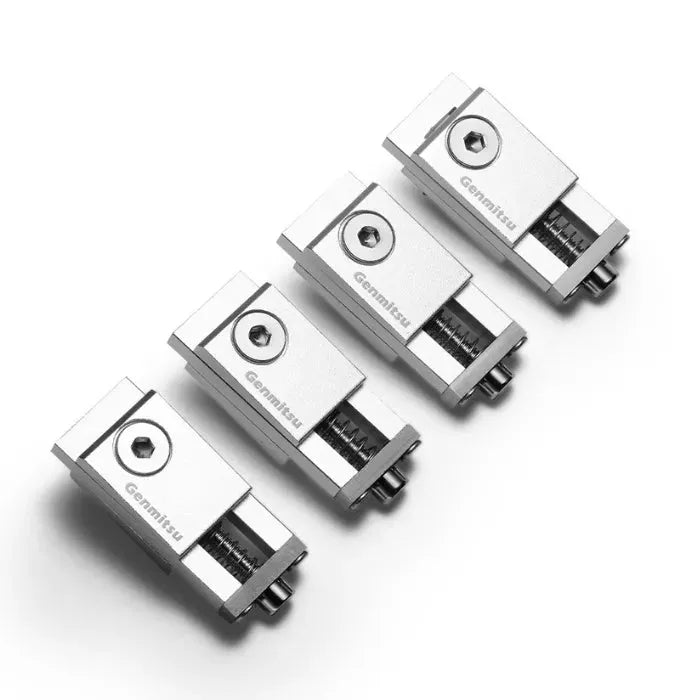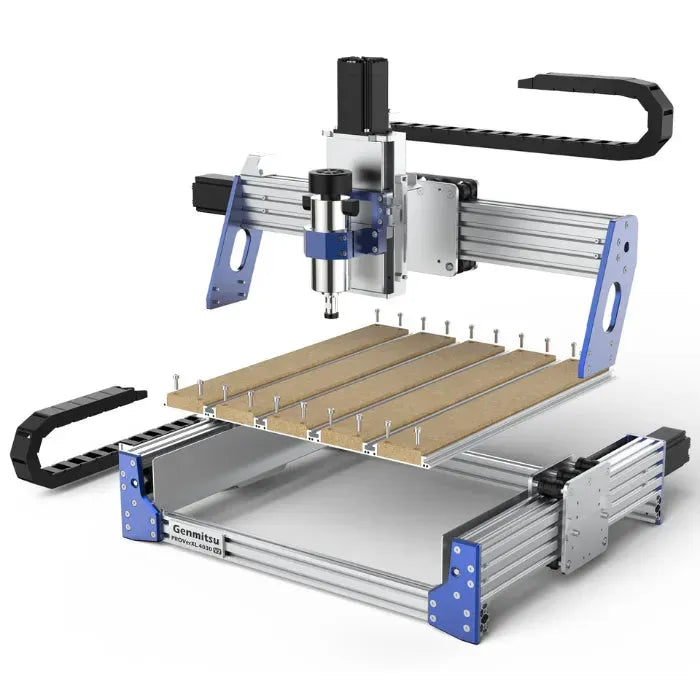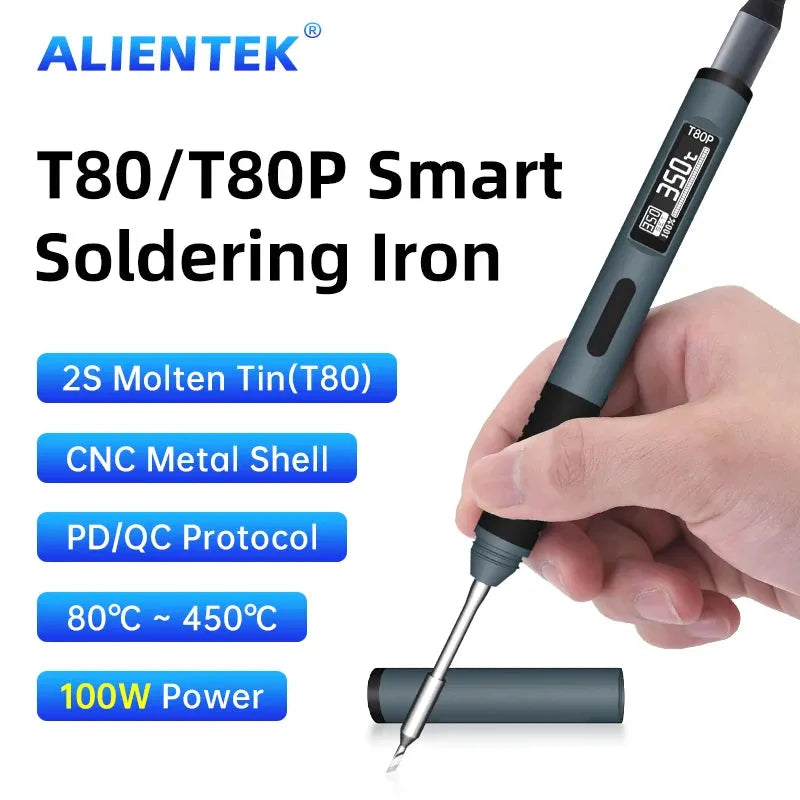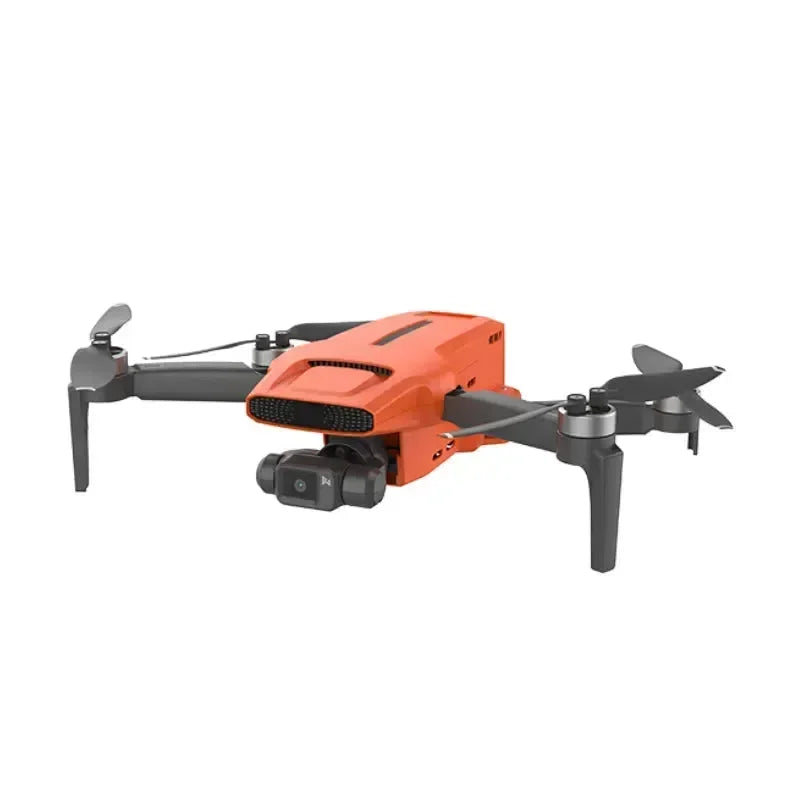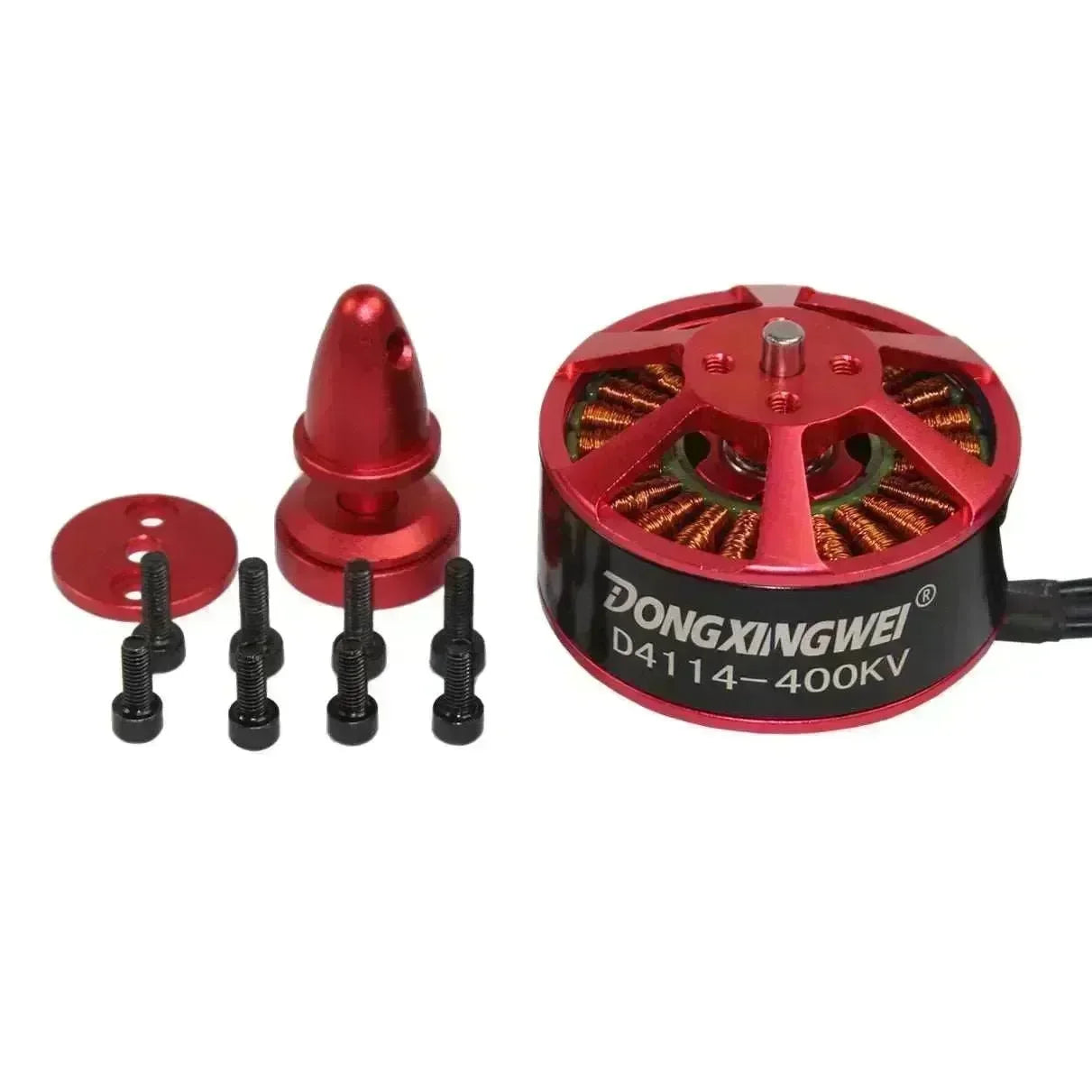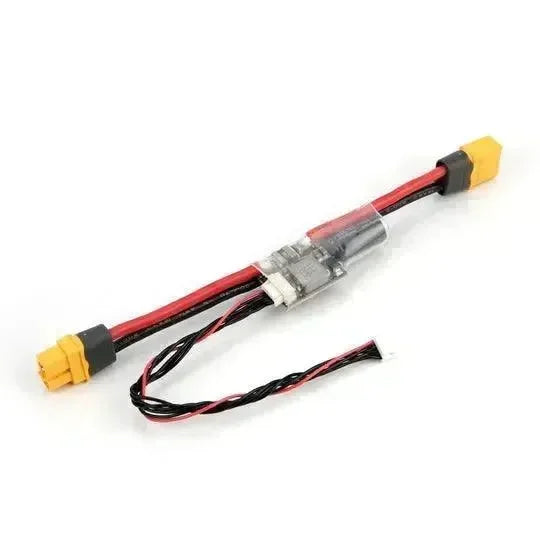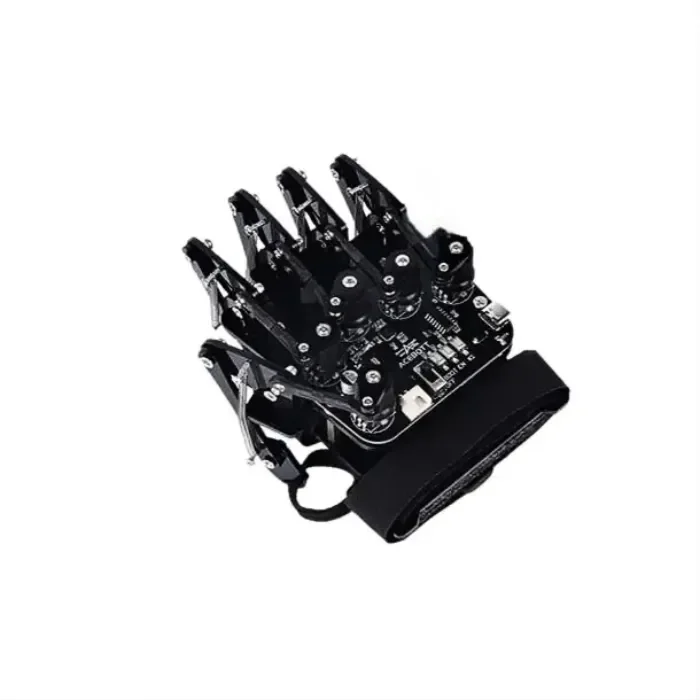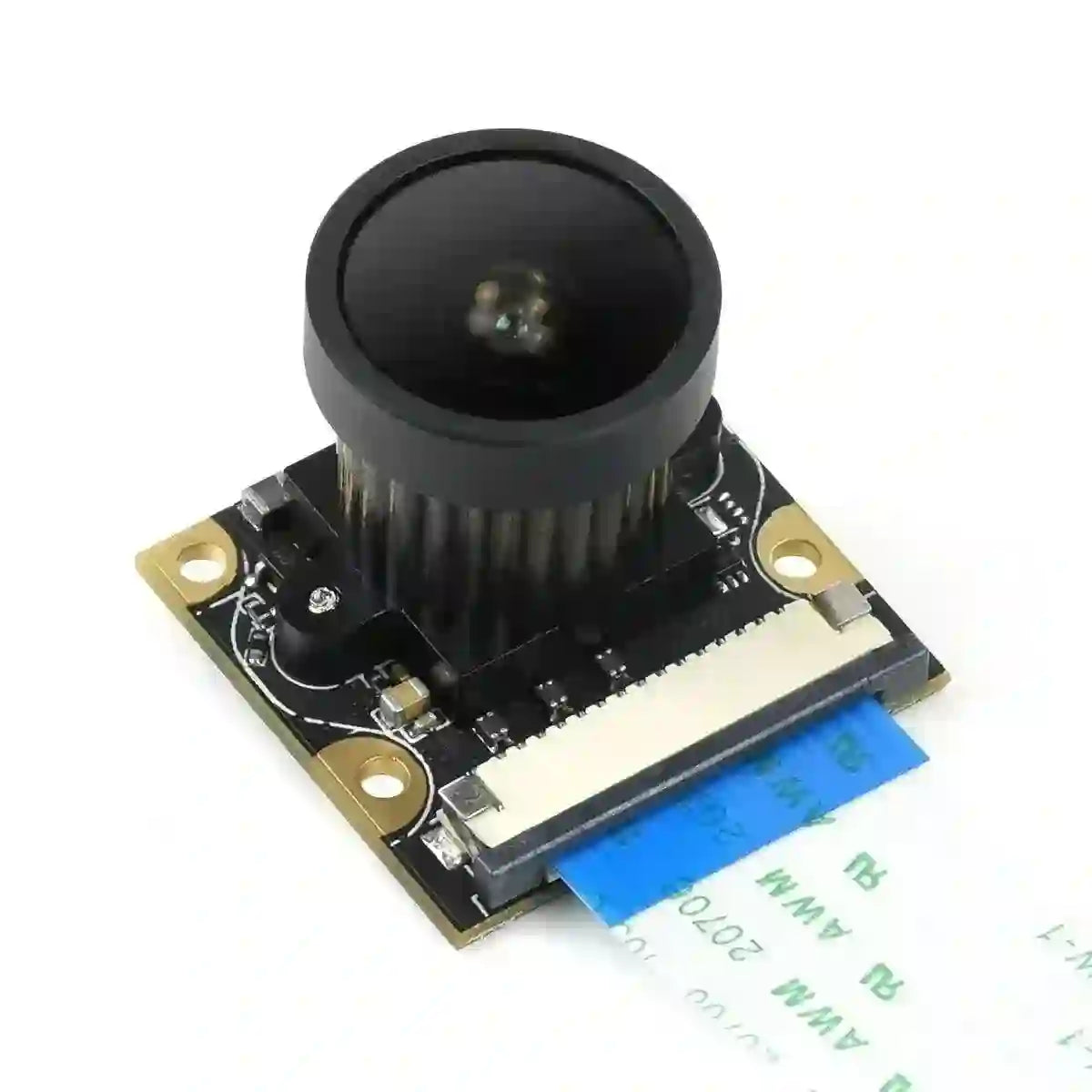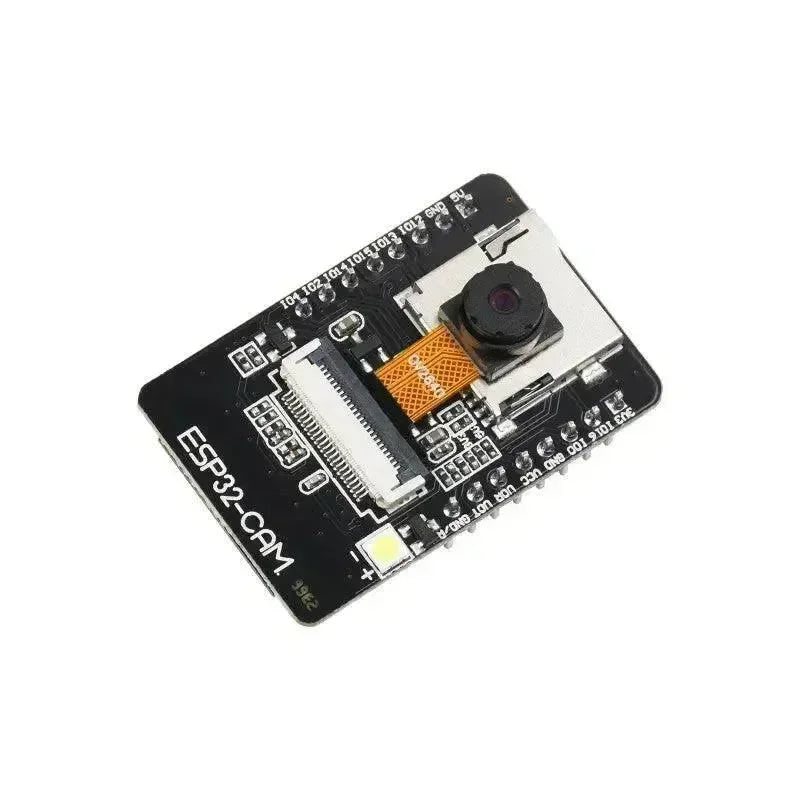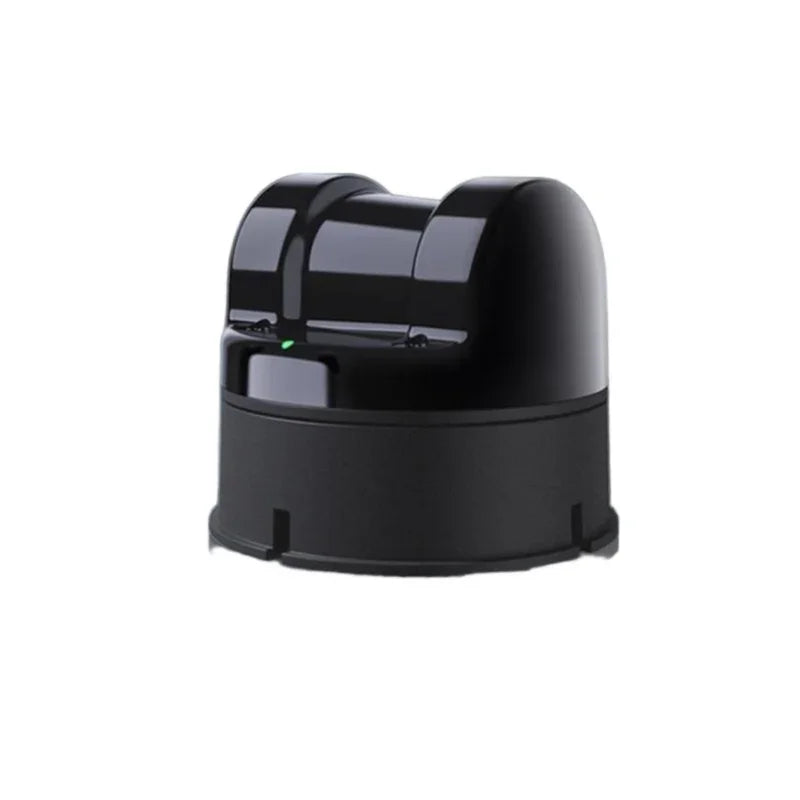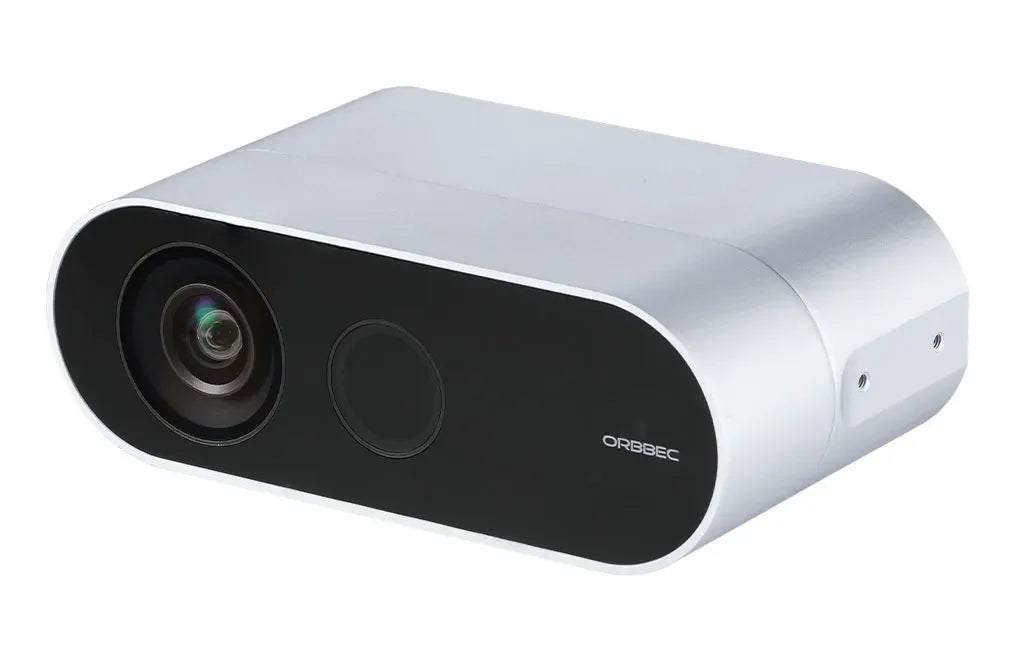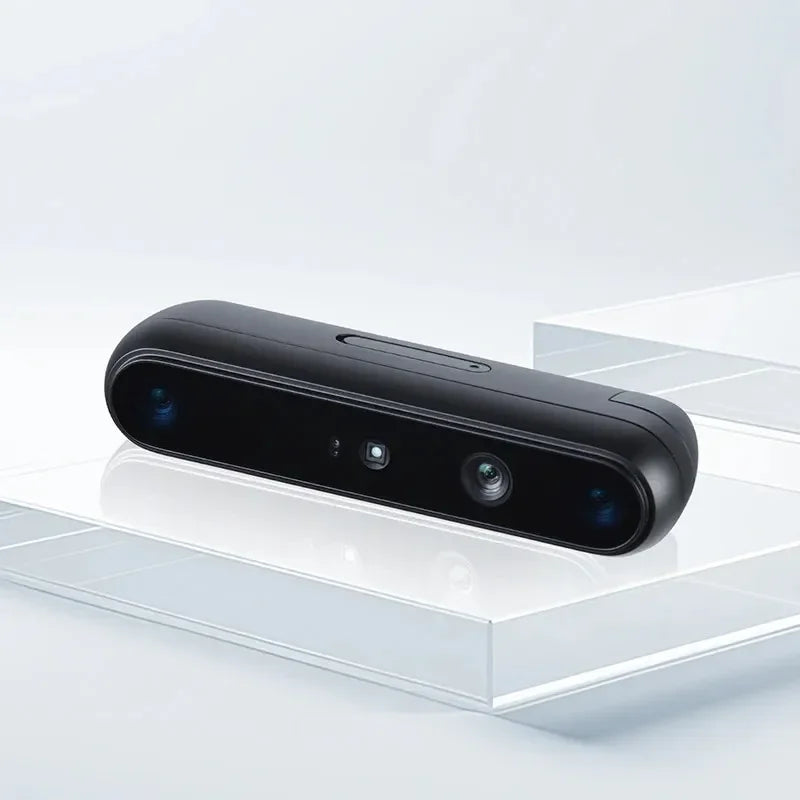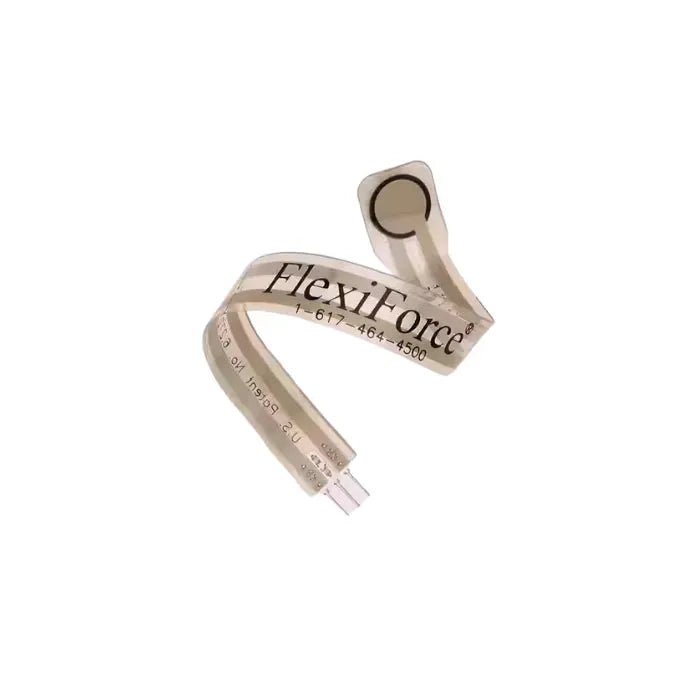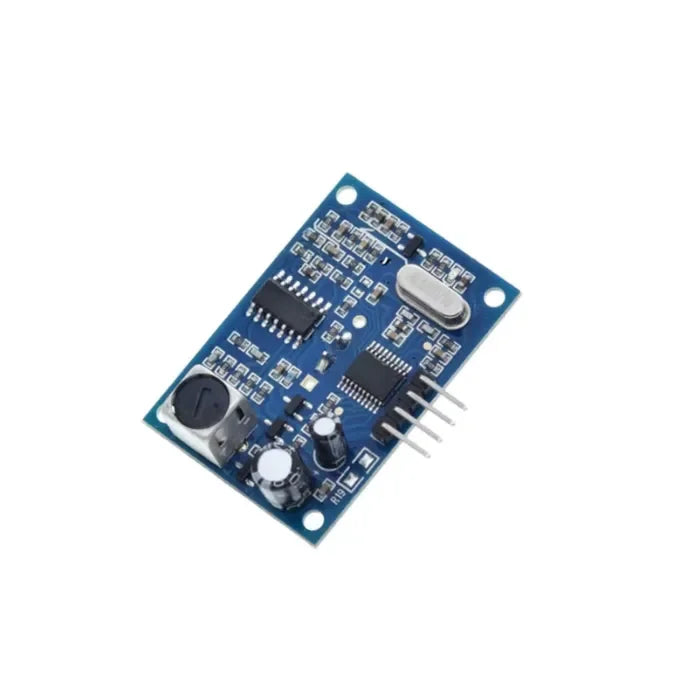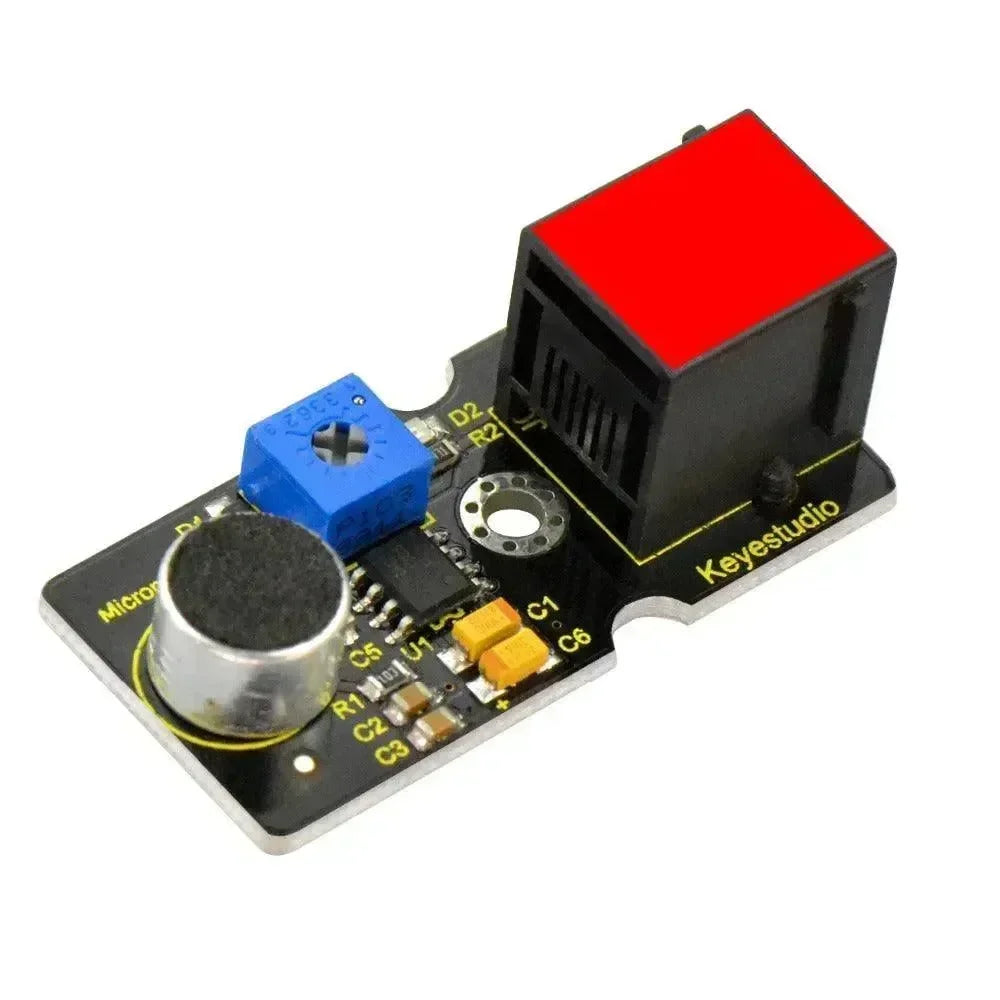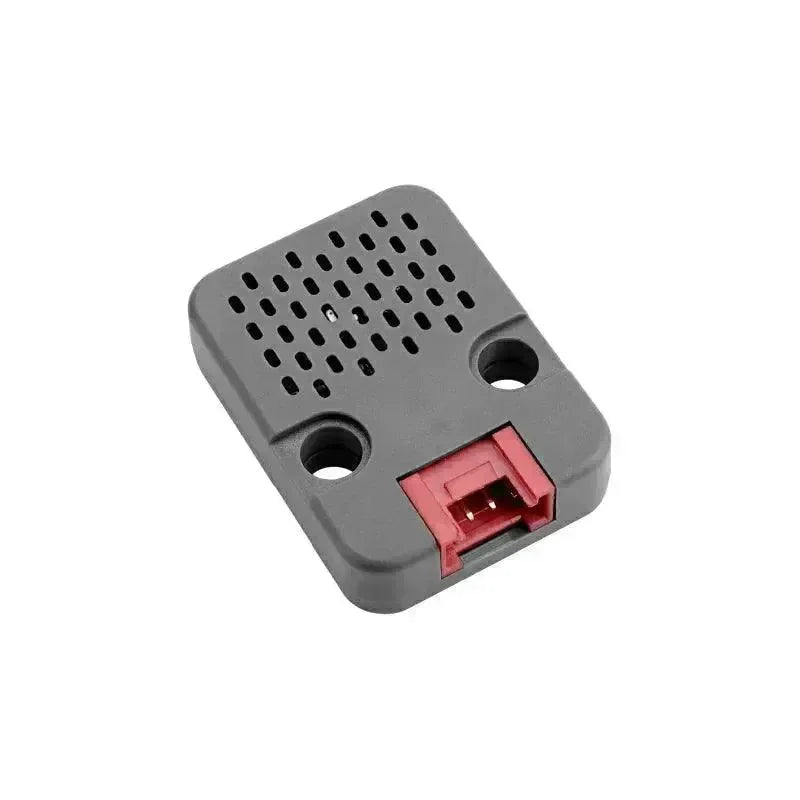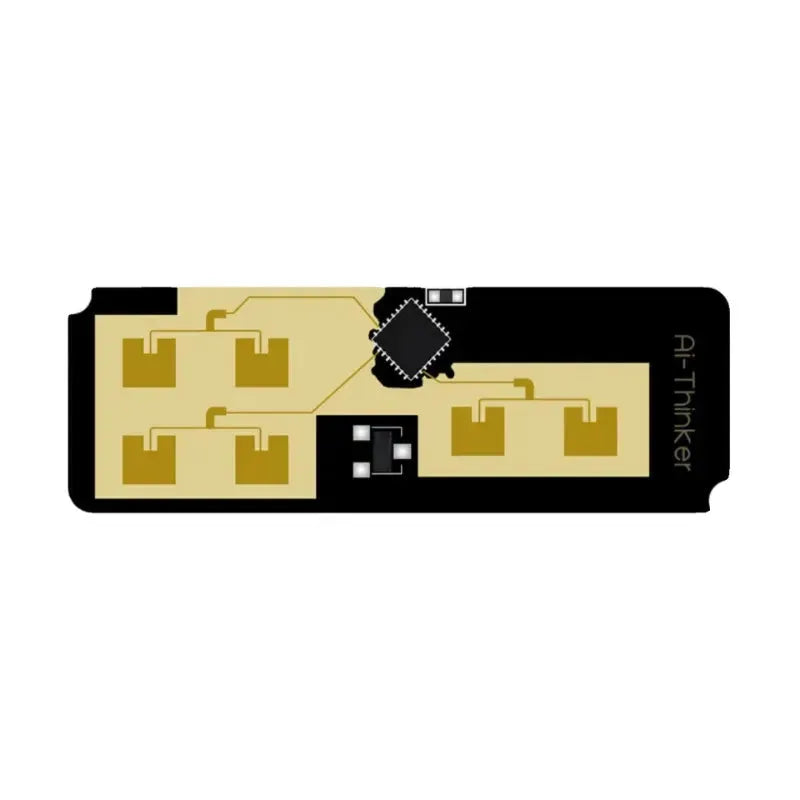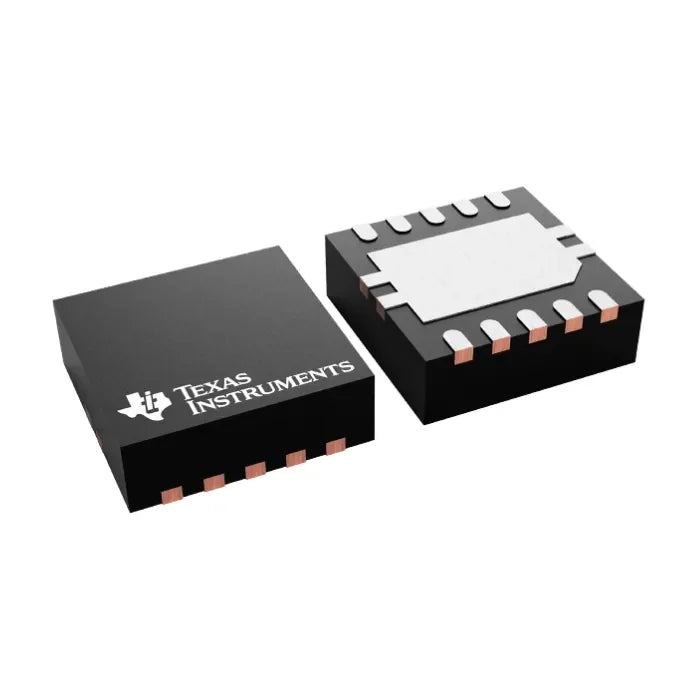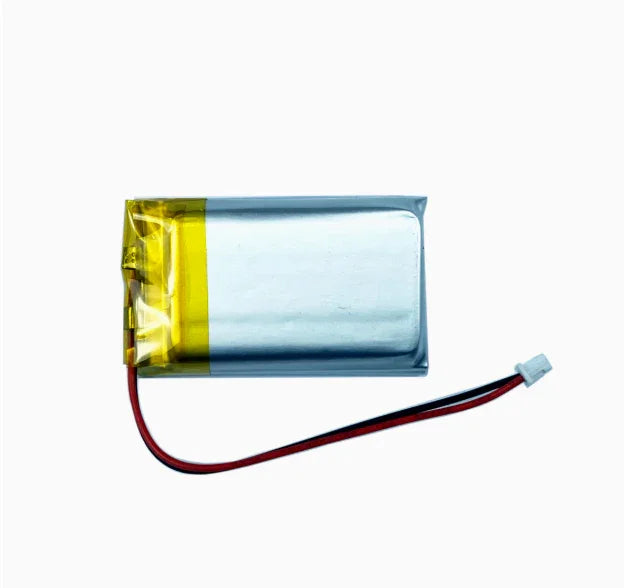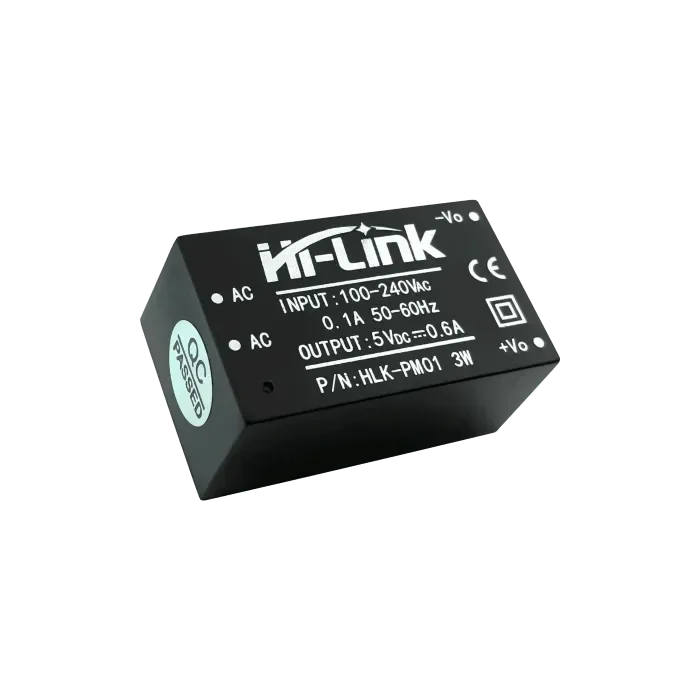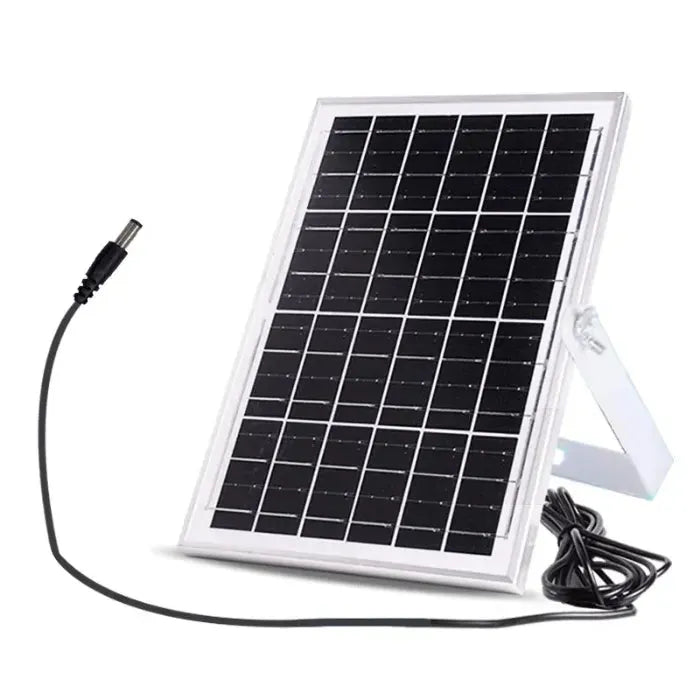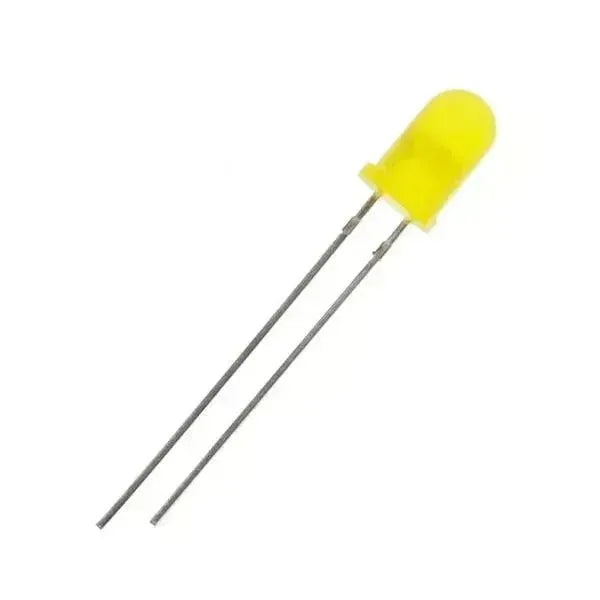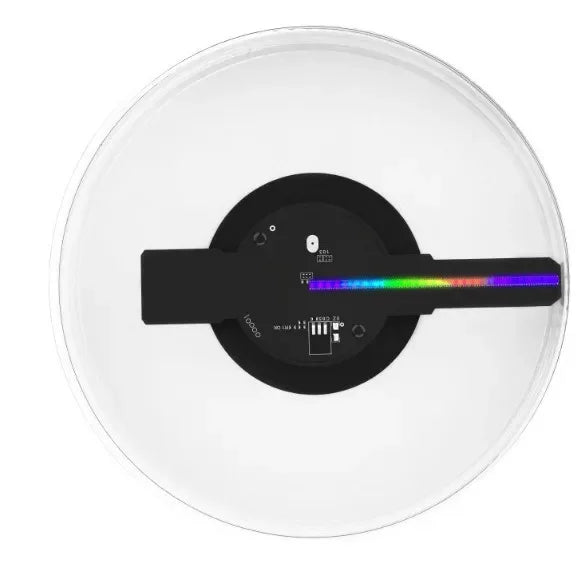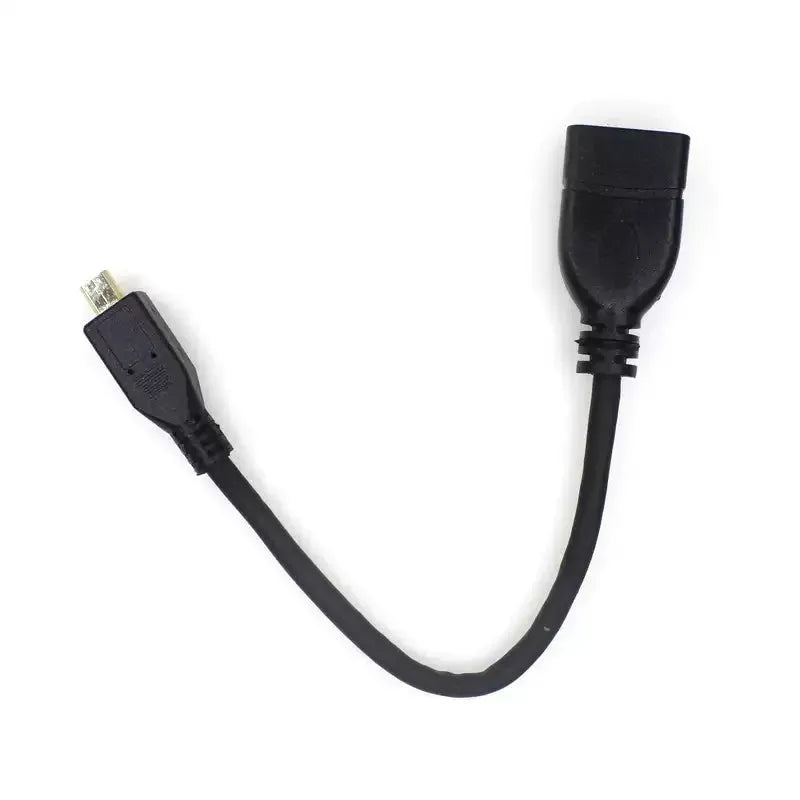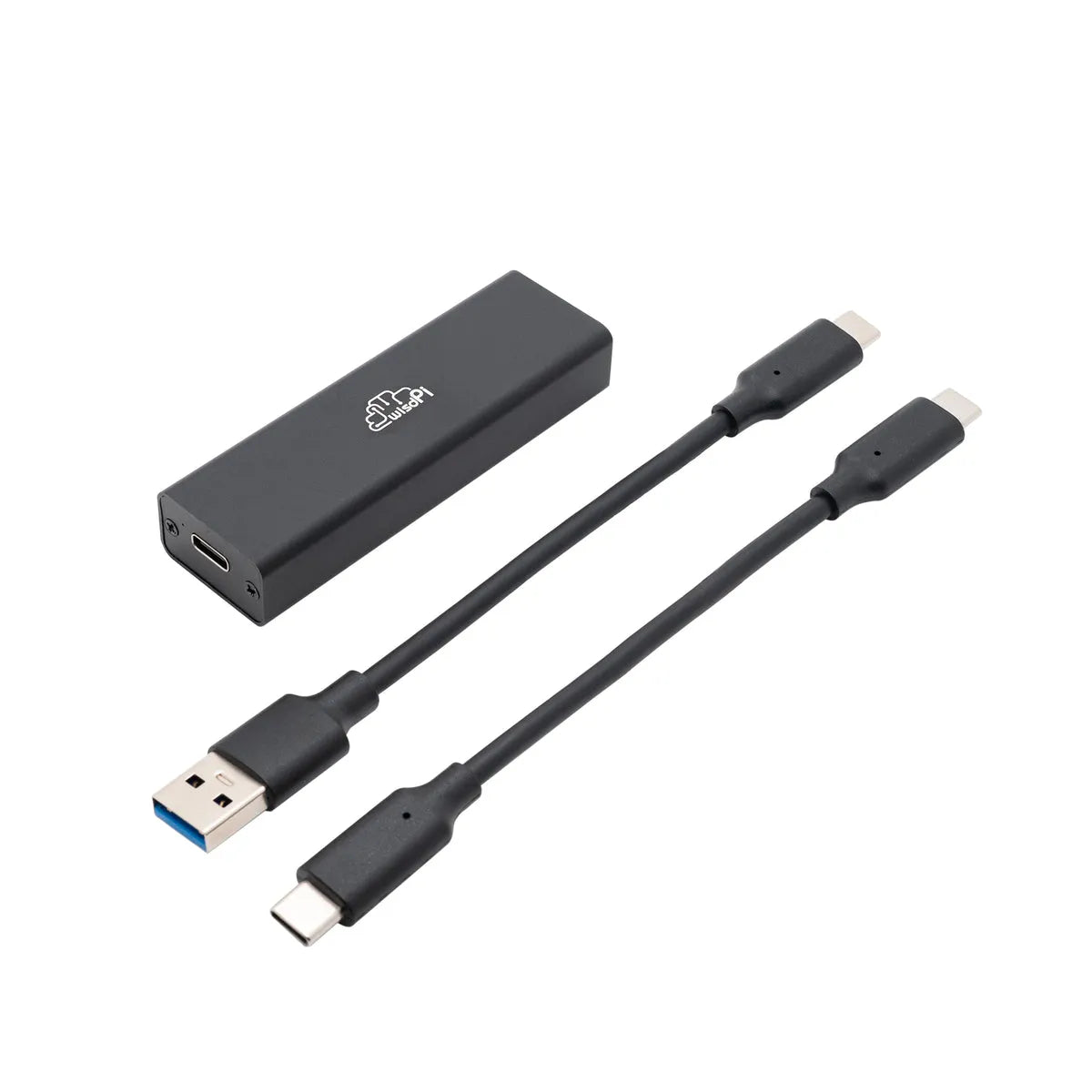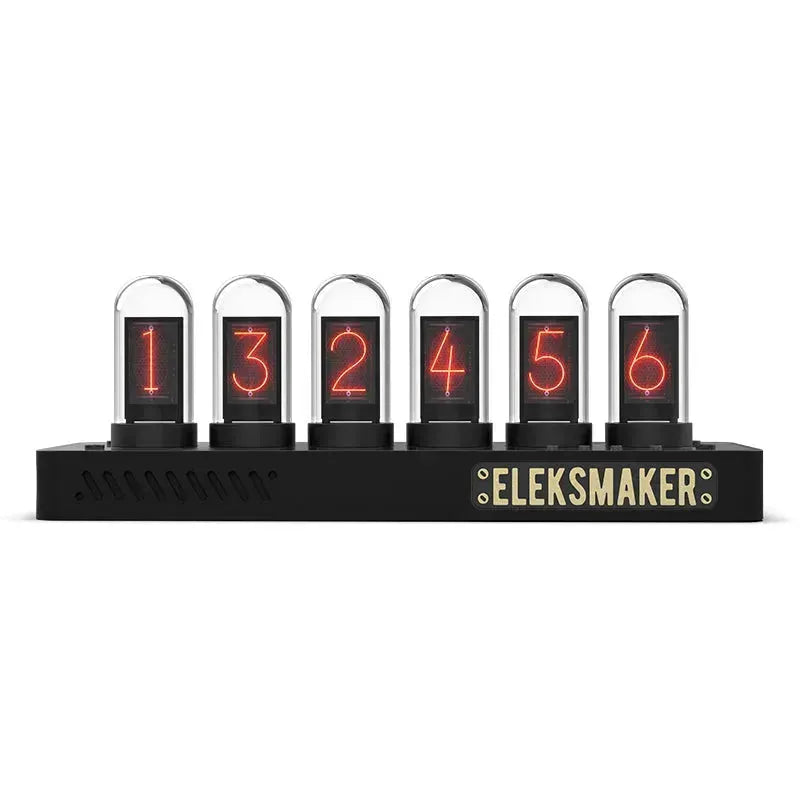Introduction
Electromyography (EMG) sensors, particularly the Gravity Analog EMG Sensor by OYMotion, have gained significant attention in recent years due to advancements in biomedical engineering, wearable technology, and rehabilitation sciences. These sensors are designed to detect electrical signals generated by muscle activity, providing essential data for clinical diagnostics, sports analysis, and health monitoring. This article delves into the fundamental working principles of EMG sensors, their construction, and their diverse applications, highlighting the importance of the Gravity technology in modern medical and fitness environments.
Working Principles of EMG Sensors
The basic principle of EMG sensors lies in their ability to capture electrical activity generated by muscle contractions in response to neural signals. The process can be summarized in several key steps:

- Neural Signaling: When motor neurons are stimulated, they transmit electrical signals to muscle fibers, causing contraction. This process involves the generation and propagation of action potentials, creating tiny voltage changes within the muscle tissue.
-
Electrode Detection: EMG sensors typically use surface electrodes placed on the skin or intramuscular electrodes (e.g., needle electrodes). Surface electrodes capture electrical signals through the skin, and the selection of electrode type and placement is critical for signal quality.
-
Signal Amplification: Muscle electrical signals are usually weak (in the microvolt range), necessitating signal amplifiers to enhance signal strength and improve signal-to-noise ratio (SNR). The amplifier must be designed to minimize noise and interference to ensure accurate readings.
-
Analog-to-Digital Conversion (ADC): The amplified analog signals are converted into digital signals through an ADC, enabling microcontrollers or computers to process and analyze the data.
-
Data Processing and Analysis: Using various signal processing algorithms (such as filtering, feature extraction, and pattern recognition), the digital signals are transformed into meaningful information regarding muscle activity level, fatigue, and coordination.
Construction of the Gravity Analog EMG Sensor
The Gravity Analog EMG Sensor by OYMotion is a high-performance device that leverages advanced technology for accurate muscle signal measurement. Key components include:

-
High-Sensitivity Electrodes: These electrodes are designed to optimize electrode impedance and lead configuration, allowing for high-quality EMG signal capture. This design minimizes motion artifacts and electromagnetic interference.
-
Amplifier Circuit: The sensor incorporates a high-gain operational amplifier with low noise and high linearity, ensuring reliable and precise signal amplification.
-
ADC Module: The built-in ADC module converts the analog signals into digital formats, compatible with various platforms (e.g., Arduino, Raspberry Pi), facilitating seamless integration.
-
User-Friendly Interface: The interface design of the Gravity Analog EMG Sensor allows easy connection with multiple development boards, including the EMG Sensor Arduino platform, receiving control signals and data outputs for real-time feedback.
Applications of EMG Sensors
Medical Field
In the medical domain, EMG sensors such as the Gravity Analog EMG Sensor are extensively utilized for:
-
Muscle Function Assessment: By recording electrical activity from different muscle groups, physicians can diagnose and evaluate conditions such as nerve damage, muscle atrophy, and myopathy.
-
Surgical Monitoring: In neuro-surgical procedures, EMG monitoring provides real-time feedback on nerve function, assisting surgeons in optimizing surgical approaches and reducing risks.
-
Biofeedback Therapy: When combined with stimulation technologies, EMG sensors create closed-loop systems for rehabilitation and pain management, aiding patients in regaining muscle control and coordination.
Sports Science
In sports settings, EMG sensors play a crucial role in:
-
Performance Analysis: By continuously monitoring EMG data, trainers can analyze athlete fatigue levels and muscle activation states, providing valuable feedback for optimizing training regimens.
-
Posture Optimization: By analyzing EMG signals, coaches can monitor athletes’ postures and adjust inappropriate movement patterns to enhance performance and minimize injury risks.
Rehabilitation Therapy
In rehabilitation medicine, EMG sensors are primarily used for:
-
Customized Training Plans: By analyzing patients' EMG signals, therapists can design tailored rehabilitation programs that address specific needs and promote faster recovery.
-
Movement Feedback Mechanisms: When integrated with virtual reality or augmented reality technologies, the Gravity Analog EMG Sensor can provide real-time feedback to enhance the patient's awareness of their movements, improving engagement and therapy outcomes.
Conclusion
The Gravity Analog EMG Sensor represents a versatile and powerful tool for capturing bioelectrical signals, making it increasingly pivotal in the fields of medicine, sports, and rehabilitation. As technology continues to evolve and applications expand, EMG sensors will play a more significant role in modern healthcare and fitness solutions. For developers and researchers, understanding the working principles and potential applications of Gravity EMG sensors, particularly in conjunction with platforms like EMG Sensor Arduino, lays a solid foundation for innovation in this promising field.
Whether designing new products or conducting relevant research, EMG sensors offer boundless opportunities for exploration and advancement in capturing and analyzing muscle activity.

